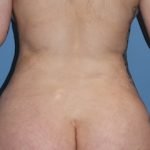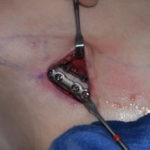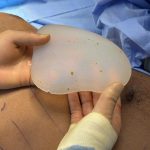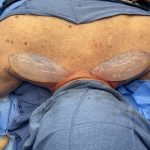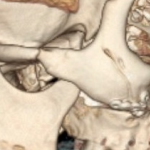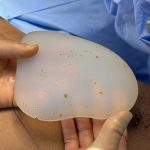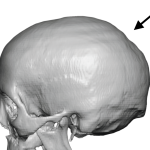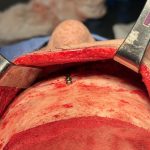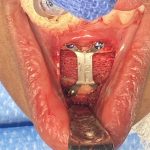Case Study – Secondary Vertical Lengthening Bony Genioplasty After A Failed Chin Implant In the Short Female Chin
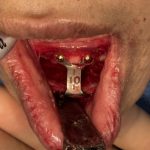
Introduction Chin augmentation is a powerful tool for improving lower facial balance. Standard chin implants are highly effective for modest horizontal deficiencies (<1 cm). However, when vertical deficiency is present, standard implants often fail aesthetically. Recognizing when vertical lengthening is required is crucial to achieving optimal results. Background Diagnostic Challenge: Vertical chin deficiencies are frequently Read More…

